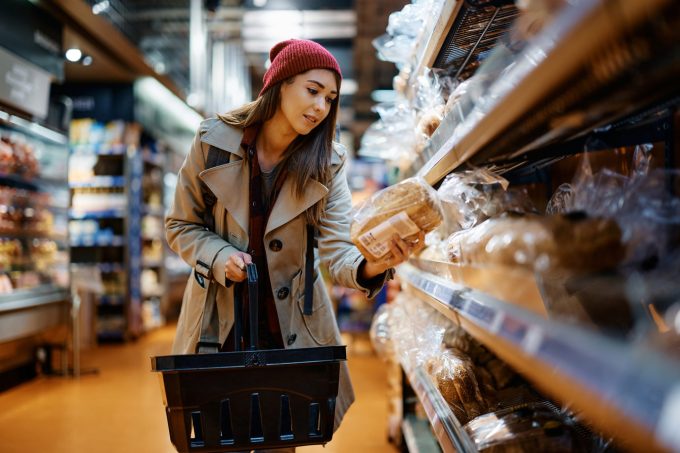
Ultra-processed foods (UPFs) are products made mostly or entirely from substances derived from foods, along with additives. These substances include refined sugars, oils, fats, and salt, as well as artificial colors, flavors, and preservatives. UPFs undergo multiple physical, biological, and chemical processes, resulting in products that are convenient, palatable, and often low in nutritional value.
We often refer to UFP’s In the context of bread, UPFs can relate to:
- Commercial Bread Production: Many commercially produced breads fall into the category of UPFs. They often contain refined flours, added sugars, emulsifiers, preservatives, and other additives to enhance shelf life, texture, and taste.
- Health Impacts: Consuming UPFs like industrial bread can contribute to various health issues, including obesity, diabetes, cardiovascular diseases, and other chronic conditions. The high levels of additives and low nutritional value make UPFs less healthy compared to minimally processed or whole foods.
Regenerative Farming and Bread:
- Natural Ingredients: By supporting bread made from naturally grown, minimally processed ingredients, we can promote better health outcomes.
- Environmental Impact: Regenerative farming practices reduce the need for chemical inputs, thus lowering the environmental footprint associated with food production. This approach aligns with the ethos of producing healthier bread that benefits both people and the planet.
Ultra Processed Bead is linked to negative health outcomes due to their low nutritional quality and high levels of additives. Shifting towards bread made from naturally grown, minimally processed ingredients supports both personal health and environmental sustainability.
Environmental impact of UFP’s
Backed by the Global Challenges Research Fund, an unprecedented new Brazilian study examining data from five Household Budget Surveys to calculate three environmental indicators (GHGE, water footprint and ecological footprint) per 1,000 kcal of food and beverages purchased in metropolitan areas between 1987 and 2018. The food items were clustered into groups based on the way they were processed, known as the NOVA classification system. This was developed by the same authors, coding ultra-processed foods as NOVA 4 or G4 foods. Their findings demonstrated that there was a significant increase in the GHGE (21%), water footprint (22%) and ecological footprint (17%) of the Brazilian diet over thirty years. The contribution to GHGE from UPFs, however, was staggering: an increase of 245% over the study period. Water footprint in connection with G4 foods also rose by 233%, and the ecological footprint was up 183%. Although the trends were not always constant over the period (there was a decrease in all impacts in some years), the study does show that dietary patterns in Brazil are becoming potentially more harmful to human and planetary health.



